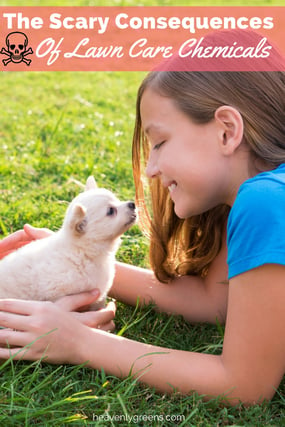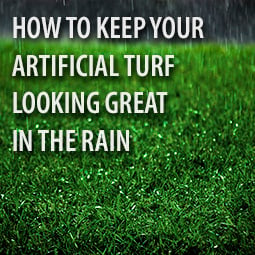 It is estimated that over 78 million American households use pesticides and other lawn care chemicals to treat their lawns. Approximately 80 to 90 million pounds of chemicals are applied to lawns each year far surpassing the amount used by farmers on their fields. Lawn care chemicals include a wide range of products including fertilizer, herbicides and pesticides.
It is estimated that over 78 million American households use pesticides and other lawn care chemicals to treat their lawns. Approximately 80 to 90 million pounds of chemicals are applied to lawns each year far surpassing the amount used by farmers on their fields. Lawn care chemicals include a wide range of products including fertilizer, herbicides and pesticides.
EPA Approval
EPA (Environmental Protection Agency) approval does not mean FDA approval. The FDA approves chemicals for human use and consumption. Lawn care chemicals are rarely submitted to the FDA because they are not ingested or created to come in contact with the body. Few of the chemicals approved by the FDA have been sufficiently tested to prove they are safe to be used near animals or humans.
The EPA is primarily concerned with how a chemical will impact the environment. There are over 200 chemicals that have been approved by the EPA for use, many of which are used in combinations. Mixing lawn care chemicals can make it difficult to find out which one is responsible for a specific health issue.
Health Problems Associated with Pesticides/Herbicides
Out of 30 of the most commonly purchased lawn care chemicals on the market, 19 are known carcinogens, 21 are responsible to possible reproductive issues, 26 can cause kidney or liver damage, 15 are known neurotoxins and 13 have been proven to cause birth defects. A large majority of them are toxic to wildlife causing mutations that are life threatening. Many species of fish and amphibians have shown signs of birth defects limiting their ability to reproduce.
Children are the most at risk when it comes to exposure to lawn care chemicals. Because children are constantly playing on or closer to the surface of the ground, they are much more likely to come in contact with recently applied lawn care chemicals. Their lower weight and smaller size make them more vulnerable to the side effects of many chemicals. Their bodies are still developing and it is much harder for them to detoxify after exposure to any type of chemical. The longer the chemicals remain in the body, the higher their risk of side effects or disease.
Ways We Are Exposed
There are several ways humans and animals are exposed to chemicals used on lawns and in agriculture. A few of them include:
-
Lawn care chemicals become airborne through the application process
-
Run-off into ditches, streams, rivers and lakes
-
Soak into the soil and leach into the aquifers and ground water supplies
-
Evaporate when applied topically
-
Contact with the skin (Mostly applies to children and pets who play in areas that were recently treated.)
When any chemical, be it one used on the lawn or on a farm runs off and enters the soil, it will eventually work its way down into large aquifers that hold our ground water supply. A few ounces of chemical can contaminate millions of gallons of water. As the water is drawn up from the ground for use in cities and on farms, those chemicals are transferred to the plants, animals and humans who consume them.
Large filtration systems remove a large portion of the toxins, but what is left behind and used by plants and animals will eventually make it into our food supply. Once it enters our food, it is up to our bodies to neutralize it. We can eventually eliminate the toxins by going through a detoxification process but in the meantime, the chemicals remain in our bodies causing a multitude of health issues ranging from birth defects to various types of cancer. It is important to know what chemicals are being used and how they may affect the body. Learn more about going green with environmentally friendly turf.












